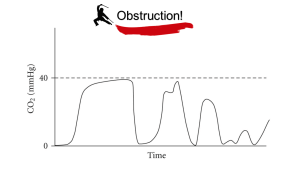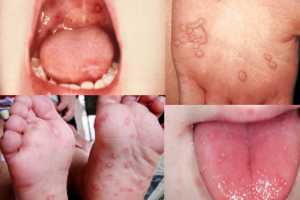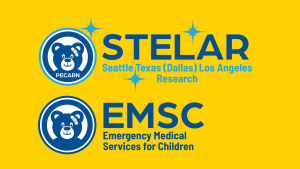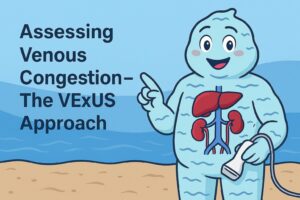Originally published at Pediatric Emergency Playbook on November 1, 2019 – Reposted with permission
Follow Dr. Tim Horeczko on twitter @EMTogether
Listen to accompanying podcast that goes with these slides.


































Selected References
Asplin BR et al. Prognostic Value of End-Tidal Carbon Dioxide Pressures During Out-of-Hospital Cardiac Arrest. Ann Emerg Med. 1995; 25(8):756-761.
Burton JH et al. Does end-tidal Carbon Dioxide Monitoring Detect Respiratory Events Prior to Current Sedation Monitoring Practices? Acad Emerg Med. 2006; 13(5):500-504.
Chebl RB et al. Diagnostic value of end tidal capnography in patients with hyperglycemia in the mergency department. BMC Emergency Medicine. 2016; 16:7
Deitch K et al. Does End Tidal CO2 Monitoring During Emergency Department Procedural Sedation and Analgesia with Propofol Decrease the Incidence of Hypoxic Events? Ann Emerg Med. 2010; 55(3):258-264.
Hunter CL et al. End-tidal carbon dioxide is associated with mortality and lactate in patients wit suspected sepsis. Amer J Emerg Med. 2013; 31:64-71.
Hunter CL et al. Comparing Quick Sequential Organ Failure Assessment Scores to End-tidal Carbon Dioxide as Mortality Predictors in Prehospital Patients with Suspected Spesis. West J EM. 2018; 19(3):446-451.
Kartal M et al. ETCO2: a predictive tool for excluding metabolic disturbances in nonintubated patients. Amer J Emerg Med. 2011; 29:65-69.
Lightdale JR et al. Microstream Capnography Improves Patient Monitoring During Moderate Sedation: A Randomized, Controlled Trial. Pediatrics. 2006; 117(6):1170-1177.
Long B et al. Capnography in the Emergency Department. J Emerg Med. 2017; 53(6):829-842.
Nagler J et al. End-Tidal Carbon Dioxide as a Measure of Acidosis Among Children with Gastroenteritis. Pediatrics. 2006; 118(1):260-267.
Paiva EF et al. The use of end-tidal carbon dioxide measurement to guide management of cardiac arrest. Resuscitation. 2018; 1-7.
Reid C et al. Sustained life-like waveform capnography after human cadaveric tracheal intubation. Emerg Med J. 2015; 32:232-233.
Stone ME et al. End-tidal CO2 on admission is associated with hemorrhagic shock and predicts the need for massive transfusion as defined by the critical administration threshold: A pilot study. Injury. 2017; 51-57.
Yang HW et al.Usefulness of end-tidal carbon dioxide as an indicator of dehydration in pediatric emergency departments: A retrospective observational study. Medicine (Baltimore). 2017 Sep;96(35):e7881








